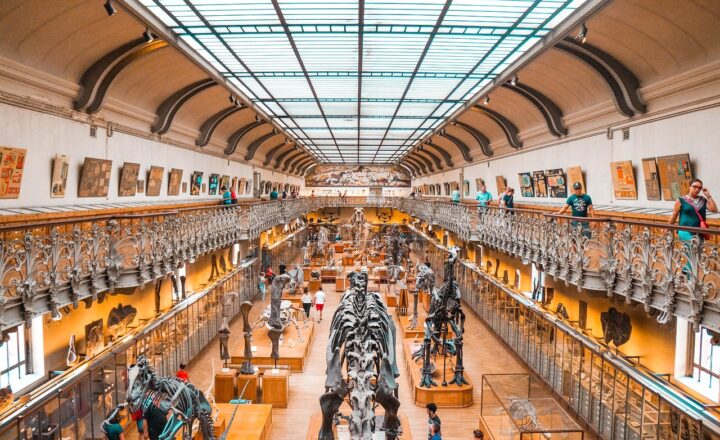
Soccer, known as football in most parts of the world, is more than just a game; it is a global phenomenon that unites people across cultures, ages, and backgrounds. With billions of fans spanning from the bustling streets of Brazil to the quiet villages of Africa, soccer’s reach and impact are undeniably profound. In this article, we will explore the reasons behind the unmatched popularity of soccer and how it stands as the most beloved sport on the planet.
1. The Accessibility of Soccer
One key factor contributing to soccer’s popularity is its accessibility. Unlike many other sports that require specialized equipment or facilities, all one needs to play soccer is a ball and a flat surface. This simplicity allows children and adults alike to engage in the game anywhere, be it a formal pitch or an improvised backyard.
Imagine children playing soccer on a dusty street, using makeshift goals made from discarded items. In many developing countries, soccer serves as a vital source of entertainment and community bonding. This low barrier to entry makes it easy for anyone to participate.
2. Global Reach of Major Leagues
Soccer leagues around the world enjoy immense viewership, with club teams such as FC Barcelona, Manchester United, and Bayern Munich having dedicated fan bases that transcend national borders. Major leagues like the English Premier League, La Liga, and Serie A broadcast matches to millions of households worldwide, promoting a culture of fandom that is nearly unparalleled.
The UEFA Champions League, an annual tournament, showcases the best of European soccer, further cementing the sport’s global footprint. This internationalization has turned local clubs into global brands, bringing people together from different nations in support of their teams.
3. World Events: The FIFA World Cup
The FIFA World Cup is the pinnacle of world soccer and stands as one of the most significant sporting events globally. Held every four years, it captivates the attention of more than half of the world’s population. The tournament not only showcases elite-level talent but also promotes a sense of unity among nations.
Each Cup tells stories of rivalry, resilience, and camaraderie. Nations compete not just for the trophy but for national pride. The energy surrounding the World Cup is unlike any other sporting event, drawing in even those who might not follow soccer closely throughout the year.
4. Cultural Significance
Soccer is more than a sport; it is deeply embedded in many cultures around the world. In countries like Brazil and Argentina, soccer legends such as Pelé and Diego Maradona are revered just as much as national heroes. The sport is often interwoven into the fabric of societal identity.
Music is composed, dances are created, and art is inspired by soccer, showcasing its cultural impact. Additionally, major competitions often lift the spirits of entire nations, with communities coming together to celebrate their teams’ successes. This deep emotional connection elevates soccer to something sacred, further solidifying its place in the hearts of fans.
5. The Role of Technology and Media
In today’s digital age, technology has enhanced soccer’s reach and engagement. Live broadcasts, social media, and streaming services allow fans to follow matches and updates instantly, regardless of location. This access has been revolutionary, particularly for fans living in remote regions.
Moreover, platforms like YouTube and TikTok enable grassroots initiatives showcasing local talent while fan-made videos create a shared experience. This surge in digital content contributes to soccer’s relevance among younger generations, fostering a culture that celebrates the game in various forms.
6. The Social Aspect of Soccer
Soccer has an extraordinary ability to foster community spirit. Local matches bring together people from diverse backgrounds, establishing friendships and networks. Fans gather not only in stadiums but also in homes, pubs, or public screenings, sharing the joys and heartbreaks of the game.
This communal aspect often extends beyond the game itself, as clubs and players engage in charitable works and social initiatives, encouraging fan participation in community service. The social connections made through soccer can last a lifetime, creating lifelong friendships based on a shared passion.
7. The Passion of the Fans
The passion of soccer fans is unrivaled. From singing anthems to choreographed displays, the energy seen in stadiums worldwide is electrifying. Fans create an atmosphere that enhances the experience for players and spectators alike, contributing to soccer’s magical allure.
The legendary rivalries, like that of Barcelona and Real Madrid (El Clásico), evoke intense emotions that drive millions to support their teams fervently. The stakes aren’t just limited to wins and losses; they are deeply emotional and tied to personal and community identities.
Conclusion
Soccer’s popularity can be attributed to factors such as accessibility, global events, cultural significance, and the communal experiences it fosters. Whether played on a professional or amateur level, soccer brings people together in a way that no other sport can achieve. The frenzy that accompanies the FIFA World Cup and the unmatched passion of fans ensure that soccer will remain the world’s most popular sport for years to come.
In a world often separated by geography and culture, soccer serves as a universal language—one that speaks to the heart of humanity, reminding us that we can always find common ground on the field.







